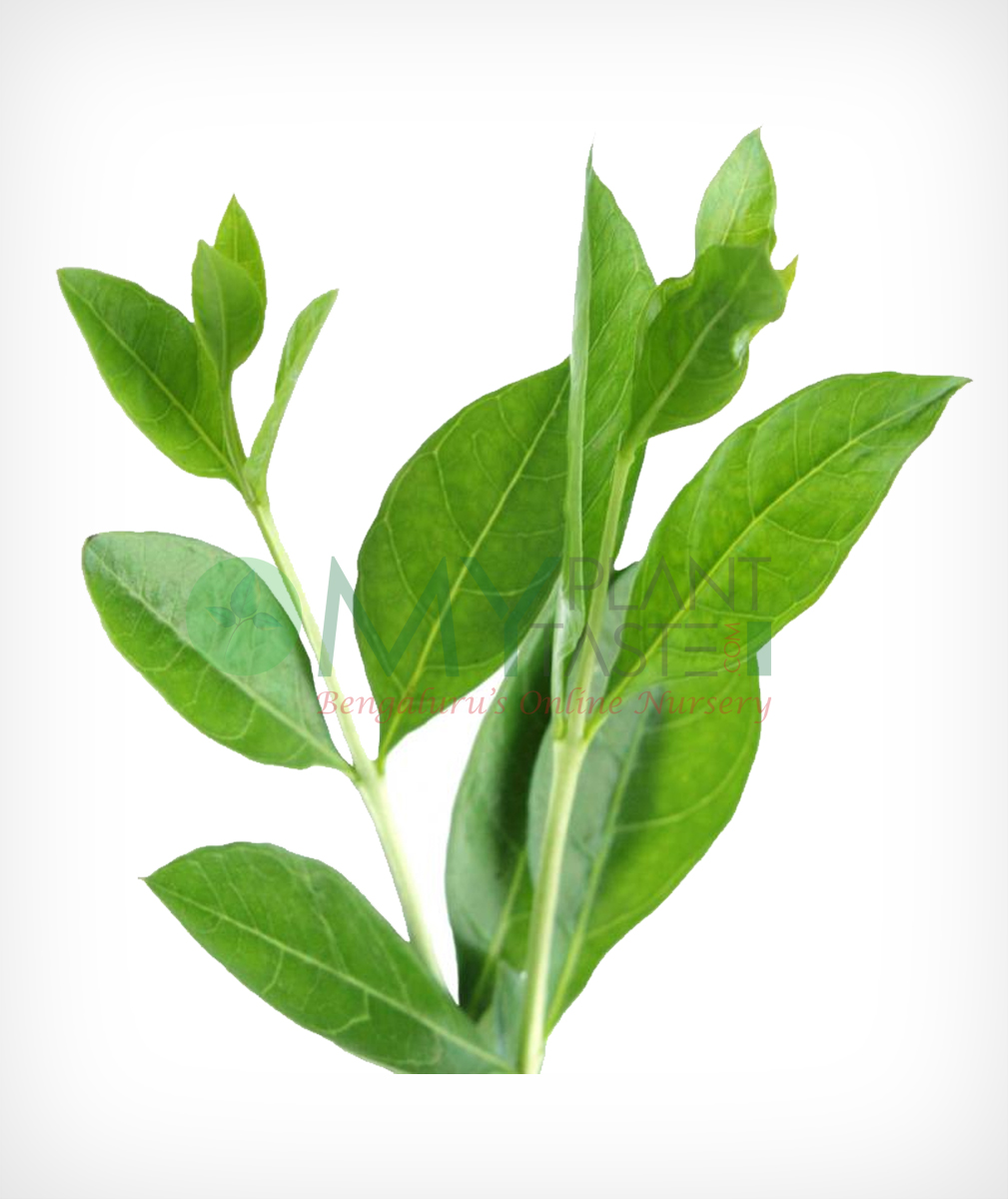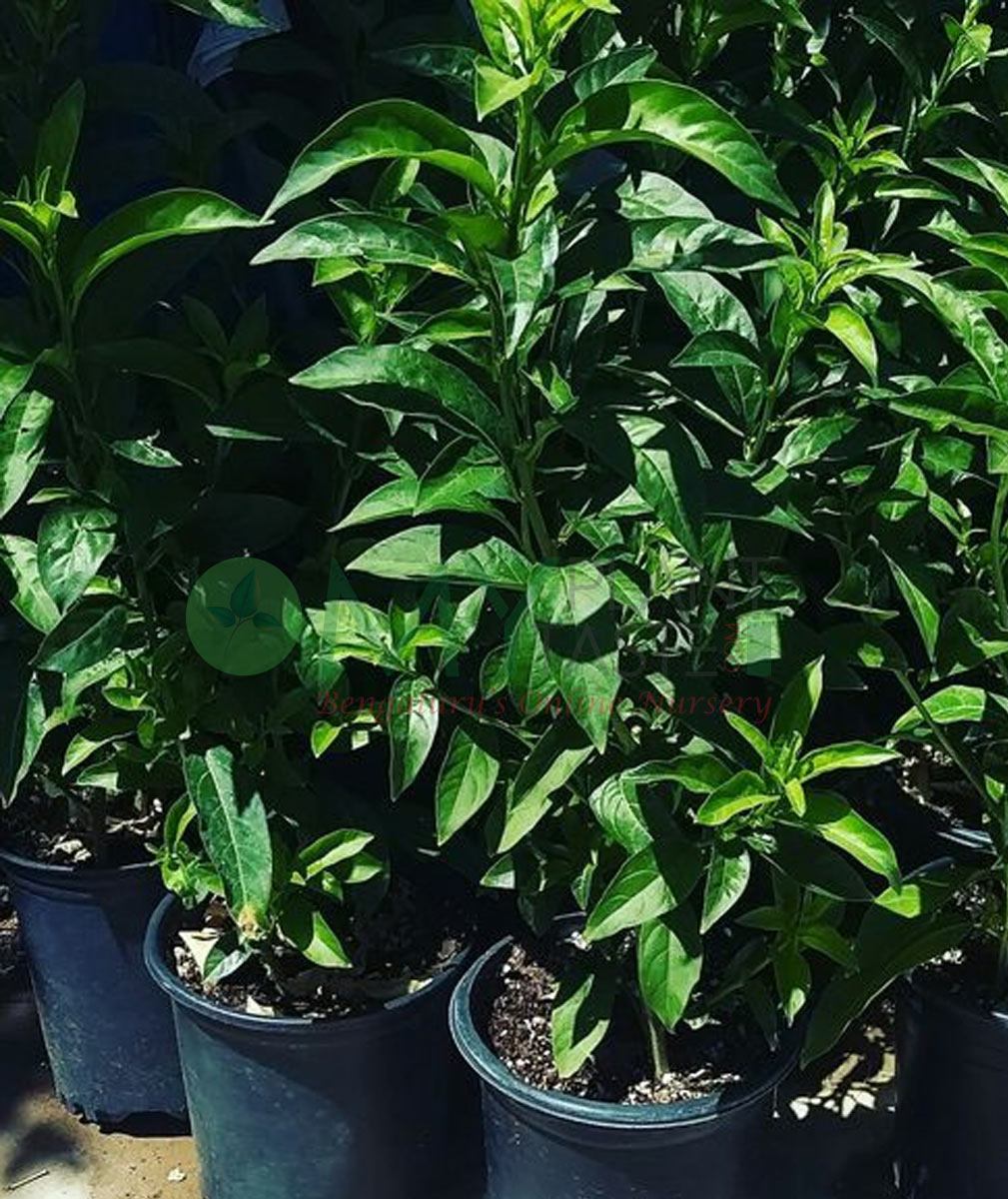- Empty cart.
- Continue Shopping

₹249.00
Add to cartMehandi
₹249.00
Lawsonia inermis, also known as hina, the henna tree, the mignonette tree, and the Egyptian privet, is a flowering plant and the sole species of the genus Lawsonia. It is the source of the dye henna used to dye skin, hair and fingernails, as well as fabrics including silk, wool and leather
5 in stock
 Maya / Pre-sale Questions
Need Help? Contact Us via WhatsApp
Maya / Pre-sale Questions
Need Help? Contact Us via WhatsApp
DISCLAIMER Please Bear in Mind That Plant Image May Slightly Different From Actual Plant in Terms of Color Due to the Lighting During Photo Shooting or the Monitor's Display
Lawsonia inermis, also known as hina, the henna tree, the mignonette tree, and the Egyptian privet, is a flowering plant and the sole species of the genus Lawsonia. It is the source of the dye henna used to dye skin, hair and fingernails, as well as fabrics including silk, wool and leather.
Henna is a tall shrub or small tree, standing 1.8 to 7.6 m tall (6 to 25 ft). It is glabrous and multi-branched, with spine-tipped branchlets. The leaves grow opposite each other on the stem. They are glabrous, sub-sessile, elliptical, and lanceolate (long and wider in the middle; average dimensions are 1.5–5.0 cm x 0.5–2 cm or 0.6–2 in x 0.2–0.8 in), acuminate (tapering to a long point), and have depressed veins on the dorsal surface. Henna flowers have four sepals and a 2 mm (0.079 in) calyx tube, with 3 mm (0.12 in) spread lobes. Its petals are obvate, with white or red stamens found in pairs on the rim of the calyx tube. The ovary is four-celled, 5 mm (0.20 in) long, and erect. Henna fruits are small, brownish capsules, 4–8 mm (0.16–0.31 in) in diameter, with 32–49 seeds per fruit, and open irregularly into four splits.
Only logged in customers who have purchased this product may leave a review.
Shipping Details
- Please pay more attention to your order address which MUST MATCH your shipping address. (If you’re from Bangalore, Please leave your full name with alternate mobile no. It is very important)
- Items will be shipped within 6-7 business days after payment.
- Please check items when delivered, if damaged, please kindly accept it and contact us immediately. We will make a confirmation and resend you a new one.
| Shipping By | Shipping Cost | Estimated Delivery Time | Tracking Information |
| MPMT | Free Shipping above 1000 Rs | 6-7 days Standard Estimate Time for Plants | Available Click Here |















Reviews
There are no reviews yet.